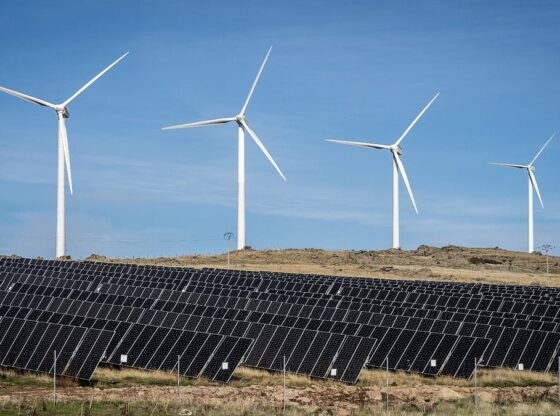EDP Renewables Australia (EDPR Australia) announced the signing of an exclusive agreement with investment manager QIC, aimed at developing the Punchs Creek Renewable Energy Project, which stands out as one of the most ambitious hybrid renewable energy projects in the state of Queensland.
This project will include a solar plant with a capacity of 480 megawatts (MW) and a battery storage system (BESS) with a power of 400 MW and a total capacity of 1,600 MWh. The financial closing is expected to occur in early 2026.
This agreement strengthens EDP’s position in the Australian market and paves the way for a long-term strategic collaboration with QIC to drive the development of large-scale solar and storage projects.
The Punchs Creek Project will benefit from a long-term power purchase agreement, which will ensure consistent revenues and contribute to increasing renewable capacity in Queensland, one of the most proactive states in Australia’s energy transition.
Miguel Fonseca, CEO of EDP Renewables in the Asia-Pacific region, highlighted the importance of the Australian market. According to the administrator, “Australia, especially Queensland, has solid fundamentals that favor the growth of renewable energy. EDPR is committed to expanding hybrid projects, with the ambition of reaching around 4 gigawatts (GW) of installed capacity by 2030”, he added.
QIC, which recently reinforced its stake in Tilt Renewables, a reference in wind energy in the country, sees this partnership with EDP as a way to further diversify its portfolio, with a particular focus on solar and storage energy. Ross Israel, responsible for global infrastructure at QIC, highlighted that “the combination of EDPR’s technical excellence with QIC’s local knowledge provides a solid foundation to accelerate Australia’s energy transition”.
The two companies are in the process of finalizing the terms of the joint investment, aligning with the Queensland Government’s strategy to attract private capital and accelerate the development of priority projects in the energy transition.

